Rainy Walk
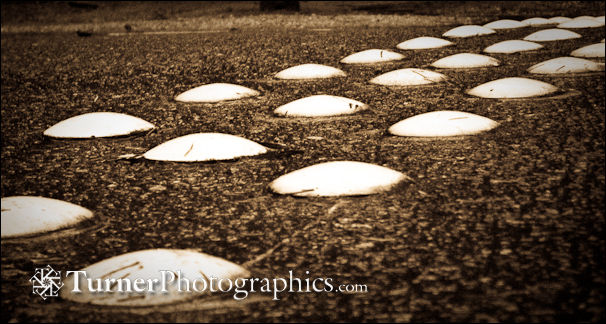
It’s that dark and rainy time of year, but that’s no reason to stay inside. My friend Jennifer Titus created a nice word picture of road turtles on her Facebook page a day or two ago, so that got me to thinking about them. This afternoon I headed up to Cornwall Park for a quick loop around. These turtles are guarding the crosswalk on the trail where I enter the park. They don’t seem to mind getting run over.
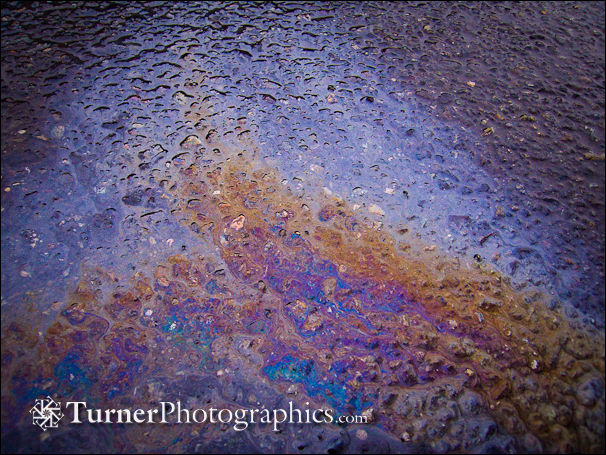
Before I got to the park I noticed this refractive pattern in the water draining off Cornwall Avenue. It’s caused by the thin layer of oil carried in the water. I guess it’s the beauty found in pollution from the cars streaming by. I don’t know whether I got any funny looks from drivers as I knelt at the roadside to frame up the shot. I’ve gotten beyond caring much about what passers-by think while I’m creating a photo.
 Just a block up the street from us is the First Plymouth Congregational Church. This patch of heather has been part of their garden for about as long as we’ve been in Bellingham — 19 years. It’s come into full bloom in the last week or so and will continue to be in bloom for at least a couple of months.
Just a block up the street from us is the First Plymouth Congregational Church. This patch of heather has been part of their garden for about as long as we’ve been in Bellingham — 19 years. It’s come into full bloom in the last week or so and will continue to be in bloom for at least a couple of months.
The grass is ‘Karl Foerster’ Feather Reed Grass. It really looks its best in late afternoon sun in October, but even on a very dull day in January is provides a lot of interest to the landscape.
This is a time of year when gardeners are planning ahead, thinking of spring and all the new stuff we can plant. But a couple of my garden blogging colleagues have mentioned the beauty of winter gardens this week. Saxon Holt in Gardening Gone Wild talks about patterns of bare branches. Andy Wright in Winter Interest in the Landscape talks about using conifers for year-round interest.
In our area lots of people grow winter-blooming heathers and leave their grasses standing tall.

Sometimes it’s not even the plants themselves that provide the winter interest. These holly berries had fallen to the ground in Gossage Plaza park. Their bright red color and pseudorandom arrangement caught my eye.
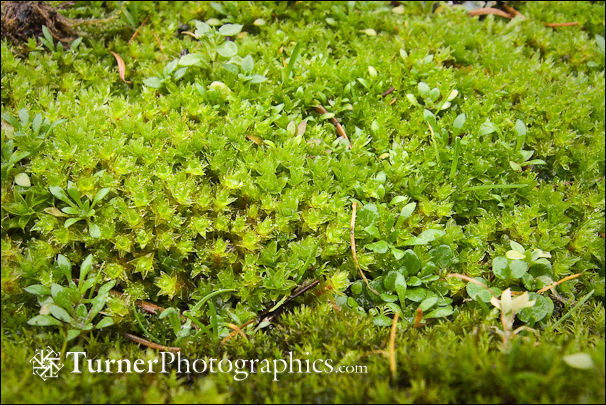
I was scanning the side of the road down into Cornwall Park looking for the first blossoms of Draba verna when I spied this very nice patch of moss. The Draba will be starting to bloom real soon now, but on this day the moss was more interesting. I have no idea what species these are.
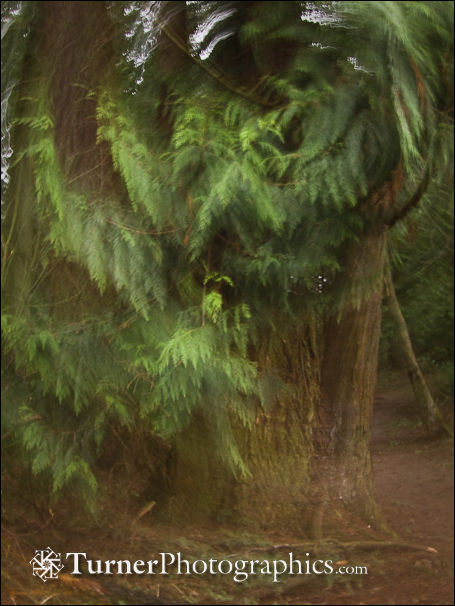 My favorite trail through the park has many old trees. They may not be true old-growth, but they’re certainly approaching it in size and majesty. Mostly they’re Douglas-firs and Western Red-cedars. This one is a cedar.
My favorite trail through the park has many old trees. They may not be true old-growth, but they’re certainly approaching it in size and majesty. Mostly they’re Douglas-firs and Western Red-cedars. This one is a cedar.
I thought it might be fun to move the camera during the shot. I set the ISO to 100 and set the f/stop to about 5.6 so I ended up with an exposure of about one second. That gave me enough time to gently rotate the camera while the shutter was open. I started with the camera vertical, held that position briefly so the tree trunk would be a little more visible, then rotated the camera. I made a handful of exposures because there’s certainly an element of luck in creating this kind of photo. This was the most successful of the series.
All of the photos this afternoon were made with my pocket camera, a Canon S70 that I’ve had since 2005. I thought about just carrying my iPhone, but it was busy streaming Natalie McMaster on Pandora and I wanted a little more control than I could get with the phone camera.
I spent most of my day selecting photos for garden magazines and planning for a wildflowers software application. Way too much time on my butt staring at a screen. Getting out and playing around with some images in the woods and along the street made for a nice break. Make sure you get out and play almost every day. It’s good for the soul.


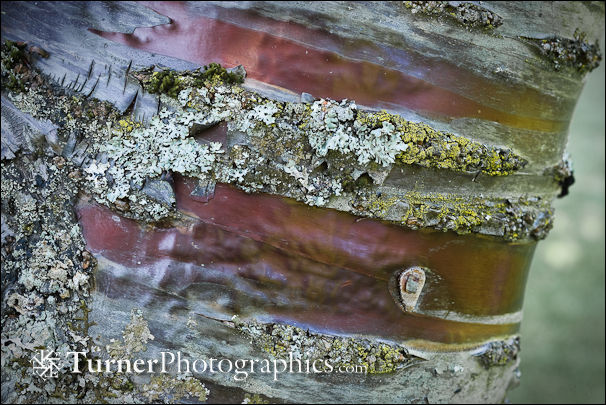
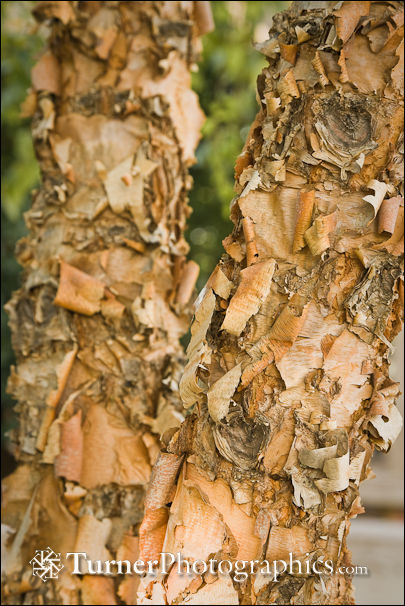 Some of the most interesting bark peels dramatically, like this river birch (Betula nigra) growing in the garden at Oklahoma State University in Oklahoma City.
Some of the most interesting bark peels dramatically, like this river birch (Betula nigra) growing in the garden at Oklahoma State University in Oklahoma City. Trees with interesting bark aren’t just limited to North American natives. This Tasmanian Snowgum (Eucalyptus coccifera), was planted as a dramatic ornamental in the alpine garden at the
Trees with interesting bark aren’t just limited to North American natives. This Tasmanian Snowgum (Eucalyptus coccifera), was planted as a dramatic ornamental in the alpine garden at the 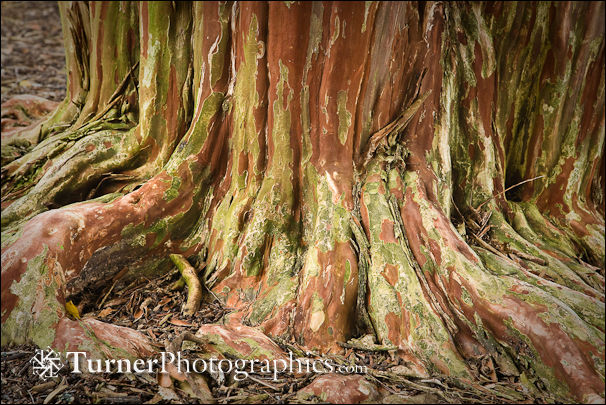
 Here in the Northwest one of my favorite trees for winter bark is the Madrona, sometimes called Madrone, or Arbutus menziesii. This one was photographed on a rainy day on Pass Island at Deception Pass State Park in early March. The soft light and the rain really enhance the color of the bark and the wood where it’s peeled away.
Here in the Northwest one of my favorite trees for winter bark is the Madrona, sometimes called Madrone, or Arbutus menziesii. This one was photographed on a rainy day on Pass Island at Deception Pass State Park in early March. The soft light and the rain really enhance the color of the bark and the wood where it’s peeled away.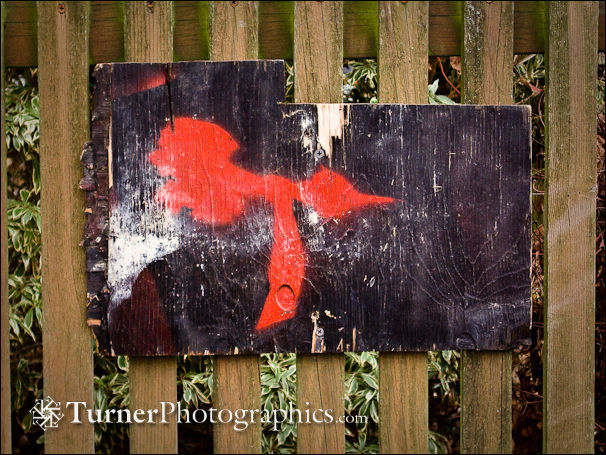
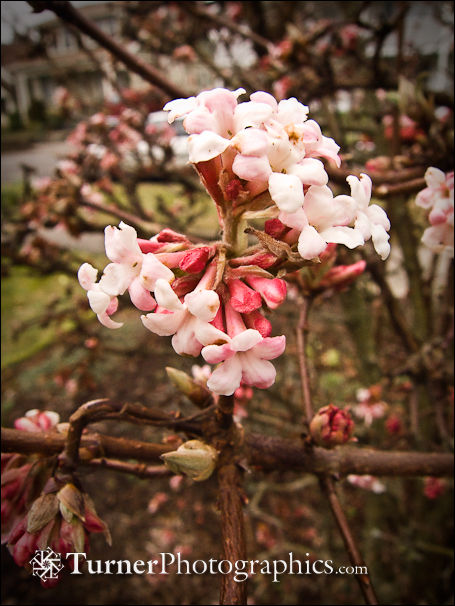 This being the mild Pacific Northwest we gardeners sometimes joke that spring begins on New Year’s Day. We try to have something blooming in our garden year-around and today is no exception. What’s blooming in your garden today?
This being the mild Pacific Northwest we gardeners sometimes joke that spring begins on New Year’s Day. We try to have something blooming in our garden year-around and today is no exception. What’s blooming in your garden today? We’ve got a nice patch of Hellebores growing under the Dawn Viburnum. They haven’t started blooming yet, but the flower buds are swelling. Depending on how warm January turns out to be, they could be starting to open before the month is over.
We’ve got a nice patch of Hellebores growing under the Dawn Viburnum. They haven’t started blooming yet, but the flower buds are swelling. Depending on how warm January turns out to be, they could be starting to open before the month is over.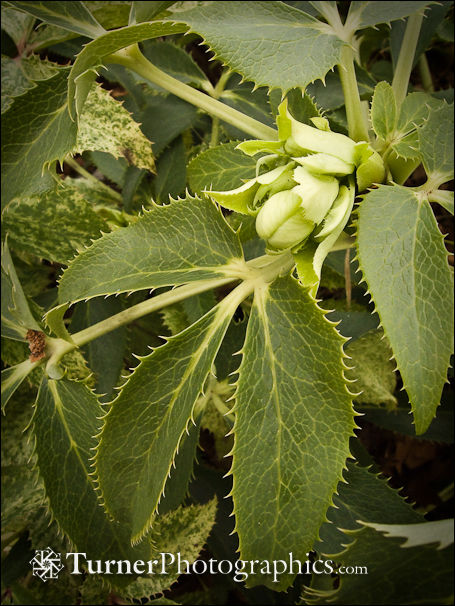 Over on the other side of our front yard garden, nestled close by the Korean Fir that serves as our Christmas tree, is a big clump of Corsican Hellebores, Helleborus argutifolius.
Over on the other side of our front yard garden, nestled close by the Korean Fir that serves as our Christmas tree, is a big clump of Corsican Hellebores, Helleborus argutifolius.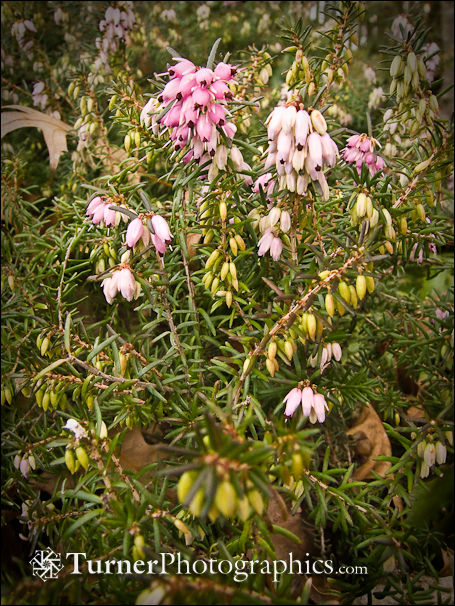 We have several varieties of Heather scattered around our garden. This one I think is ‘Sherwood’s Early Red.’ Like many other plants we started with just a little start years ago and have divided it as it grew. Now we have it several places in the garden and have shared pieces with Natalie’s mother for her garden, too.
We have several varieties of Heather scattered around our garden. This one I think is ‘Sherwood’s Early Red.’ Like many other plants we started with just a little start years ago and have divided it as it grew. Now we have it several places in the garden and have shared pieces with Natalie’s mother for her garden, too. Santa Claus took a little time out of his busy schedule to come into the studio for a fresh portrait a little while back. While he and Mrs. Claus were in, we talked a bit about some of the questions that children frequently ask him. He was gracious to share his answers.
Santa Claus took a little time out of his busy schedule to come into the studio for a fresh portrait a little while back. While he and Mrs. Claus were in, we talked a bit about some of the questions that children frequently ask him. He was gracious to share his answers.
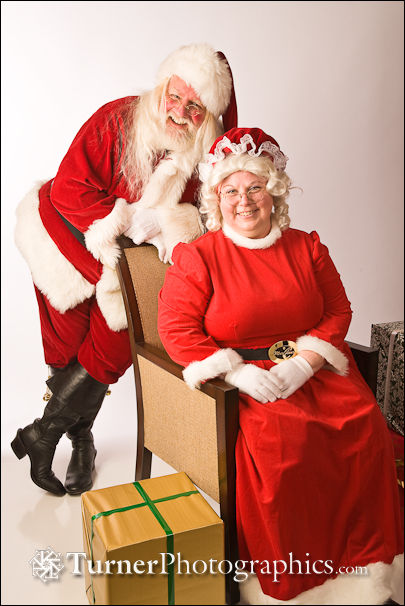 Q: Do you really live at the North Pole? I thought it was all ice up there and dark all winter long.
Q: Do you really live at the North Pole? I thought it was all ice up there and dark all winter long.
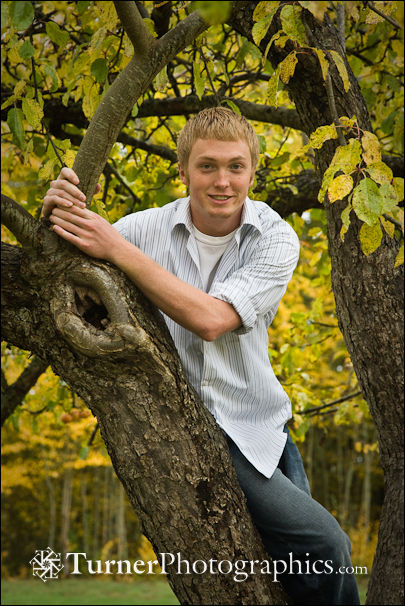 It was actually raining when I arrived, so we started with a few interior shots with Chris at the piano. He wasn’t too keen on those, but we wanted to make mom happy. When the rain stopped we moved outside and began working our way around the garden.
It was actually raining when I arrived, so we started with a few interior shots with Chris at the piano. He wasn’t too keen on those, but we wanted to make mom happy. When the rain stopped we moved outside and began working our way around the garden.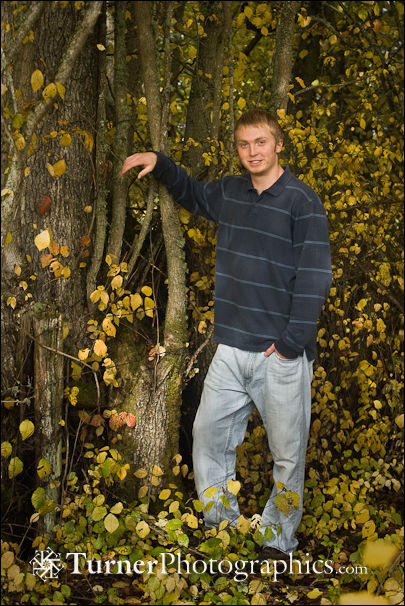 This portrait of Chris at the edge of the woods is the one everyone ultimately liked the best and ordered as a small wall portrait. He looks relaxed and comfortable, and the golden yellow autumn foliage contrasts nicely with the blue sweater and jeans.
This portrait of Chris at the edge of the woods is the one everyone ultimately liked the best and ordered as a small wall portrait. He looks relaxed and comfortable, and the golden yellow autumn foliage contrasts nicely with the blue sweater and jeans.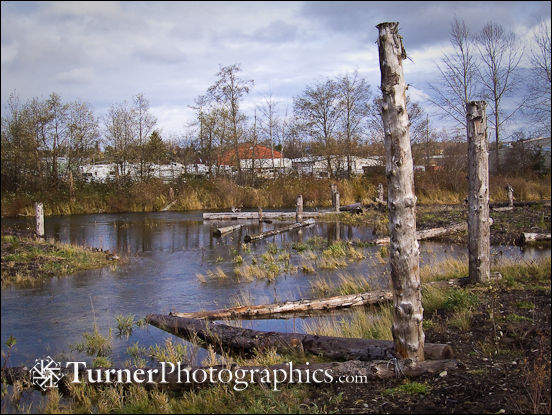
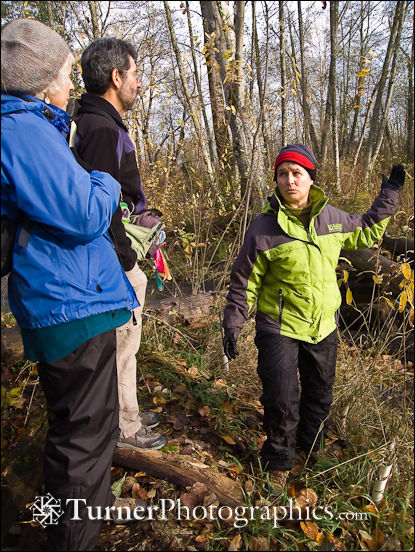 Vikki Jackson was our tour leader. She’s seen here explaining about an older man-made wetland pond constructed several years ago to provide wildlife habitat.
Vikki Jackson was our tour leader. She’s seen here explaining about an older man-made wetland pond constructed several years ago to provide wildlife habitat.

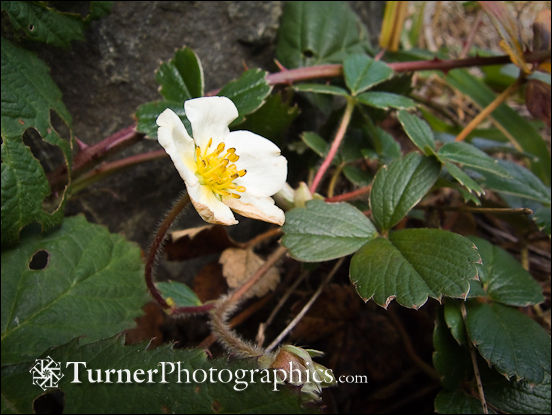
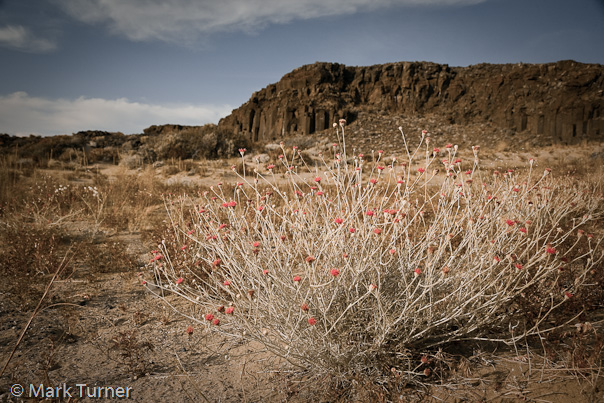

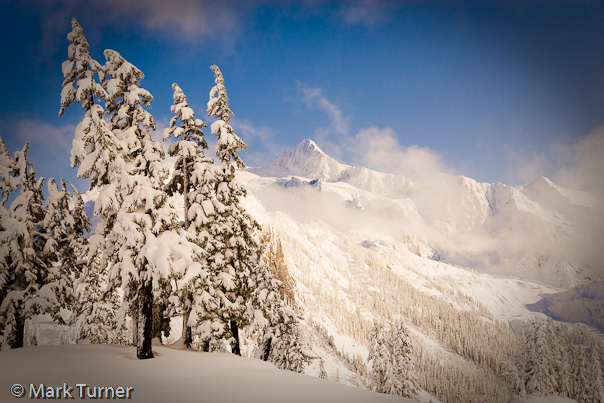
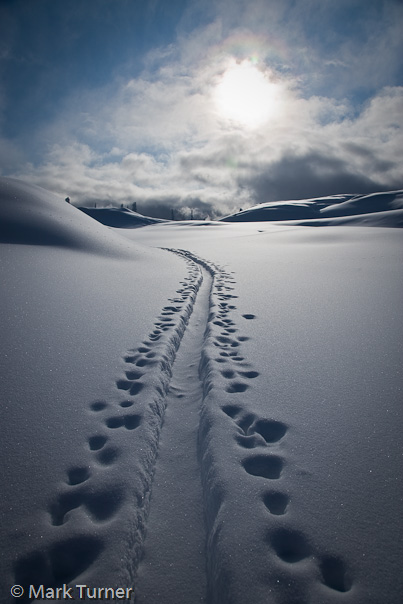 I didn’t get to the ski area parking lot, which was full, until almost 12:30. That was OK since I wanted afternoon light. But it wasn’t OK, because I was racing the clouds that had started to roll in.
I didn’t get to the ski area parking lot, which was full, until almost 12:30. That was OK since I wanted afternoon light. But it wasn’t OK, because I was racing the clouds that had started to roll in.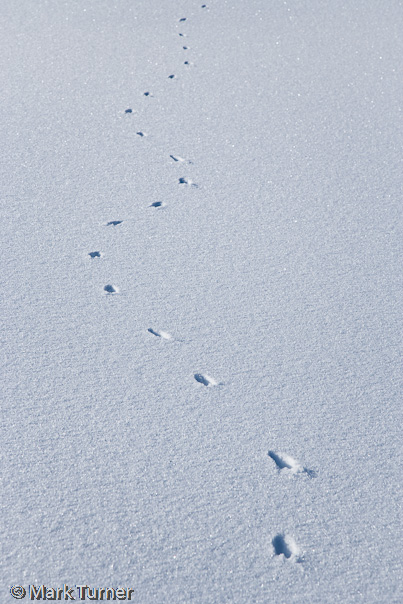 I don’t know just what made these tracks zig zagging across the snow. Could have been a meadow vole or other small rodent that dens under the snow. There were several sets of tracks similar to these in the snow just below Artist Point. I particularly liked this set of tracks because of the way they curved around. What distracted the critter from a straight path?
I don’t know just what made these tracks zig zagging across the snow. Could have been a meadow vole or other small rodent that dens under the snow. There were several sets of tracks similar to these in the snow just below Artist Point. I particularly liked this set of tracks because of the way they curved around. What distracted the critter from a straight path?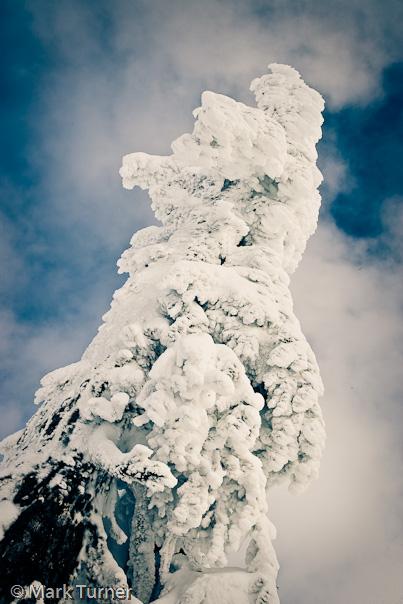 I broke trail the short distance to the overlook toward Swift Creek and Baker Lake. Clouds obscured the lake as well as Mt. Baker, but the snow crusted on the Mountain Hemlocks along the ridge created more accessible drama. I ate my peanut butter sandwich under this tree, admiring the way the wind had blasted the snow into the branches, almost completely hiding the foliage.
I broke trail the short distance to the overlook toward Swift Creek and Baker Lake. Clouds obscured the lake as well as Mt. Baker, but the snow crusted on the Mountain Hemlocks along the ridge created more accessible drama. I ate my peanut butter sandwich under this tree, admiring the way the wind had blasted the snow into the branches, almost completely hiding the foliage.